Tailgating continues to be a major safety issue on the country’s roads, contributing to 147 people being killed or seriously injured, on average, every year on motorways and major A-roads, according to National Highways.
Official statistics from the Department for Transport (DfT) also show that tailgating remains an ongoing problem.
Last year, most car drivers were observed leaving a two to four second gap in free-flow traffic, while a quarter left a gap of less than two seconds.
Distribution of time gaps between vehicles
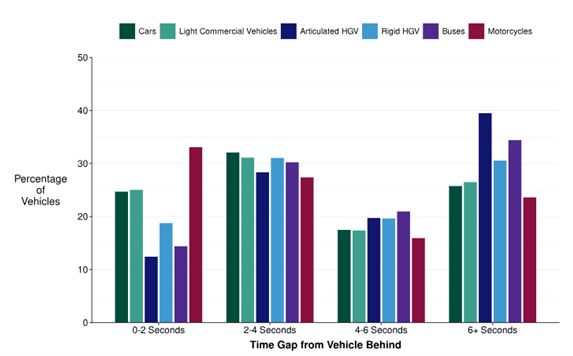
Source: DfT
New research from AA Accident Assist reveals that a third (33%) of drivers are still ignoring or are an unaware of the two-second gap rule
The poll of more than 12,500 drivers found that a quarter (25%) claimed that they knew of the two-second gap rule but often ignored it.
Similarly, one-in-20 (5%) claimed that they were unaware of the guidance set out in the Highway Code.
Previous research, by AA Accident Assist from 2023, shows similar results when many drivers exhibited particularly bad driving behaviour after coming out of lockdown.
Tailgating is often cited as the most frustrating behaviour displayed but other road users, yet it is experienced far too frequently.
Drivers unwilling to keep their distance run the risk of crashing into the vehicle in front of them.
In 2024, 58% of repairs carried out by AA Accident Assist required a new bumper unit.
As vehicles become more advanced, increased technology is often found within the bumpers. Parking sensors, cameras and cruise control radar systems often need repair and calibration which adds to the cost and time needed to fix the car after a collision.
Tim Rankin, managing director of AA Accident Assist, said: “It seems driver behaviour towards tailgating remains unmoved, with it being an all too regular experience on the roads.
“Regardless of motorways or local streets, drivers feel intimidated by others following too close behind.
“Our workload shows that bumpers and the technology within them are the most common repairs.
“As well as vehicle parts, personal injury claims due to tailgating related crashes are being made.
“In many cases, these crashes could be avoided simply by backing off the car in front.”
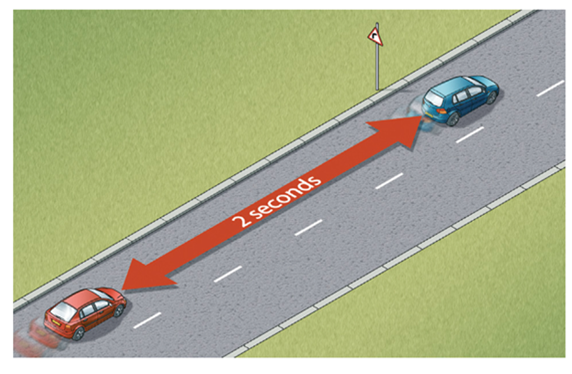
Source: The Highway Code
He explained: “By allowing at least a two-second gap between yourself and the car in front, you significantly reduce the risk of crashing into that vehicle.
“Similarly, if you are being tailgated, where safe to do so, pull over and let them pass. It is better to cut them loose rather than feel frustrated and try to slow them down.”
National Highways recently launched as launched a new safety campaign – Too Close for Comfort? Stay Safe, Stay Back – in an attempt to tackle tailgating.
Sheena Hague, director of road safety at National Highways, said: “Tailgating is not just frustrating, it is dangerous.
"Most people would not stand too close in a queue or walk on someone’s heels, yet this is what we often see on our roads.”
Tailgating is classed as careless driving and can result in a £100 fine and three penalty points.

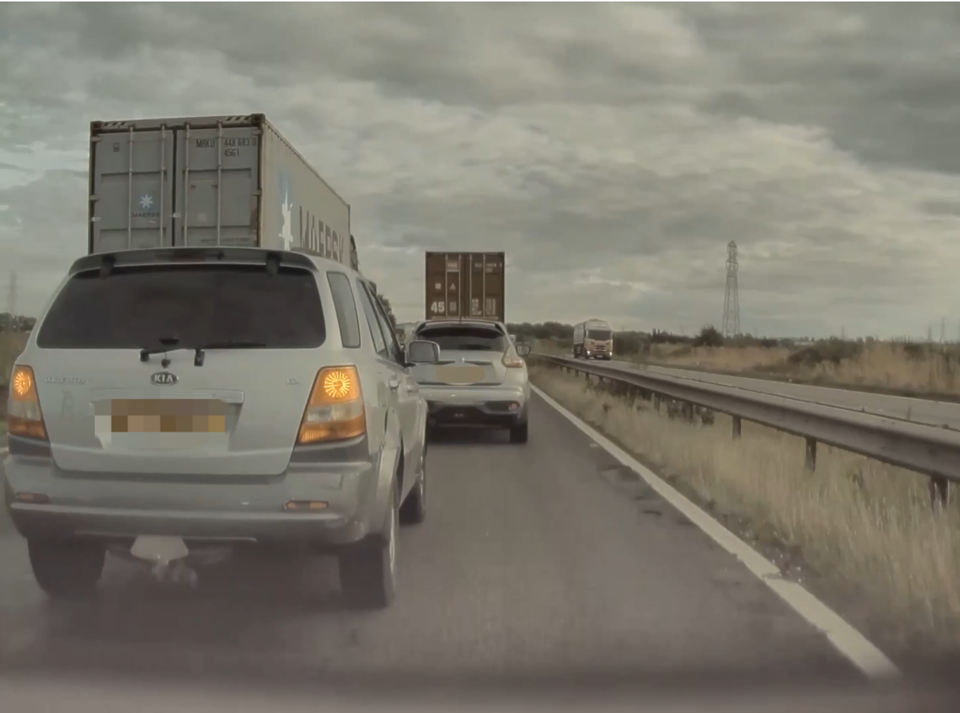

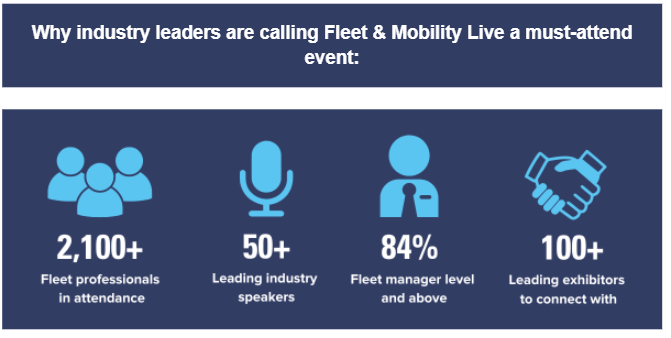




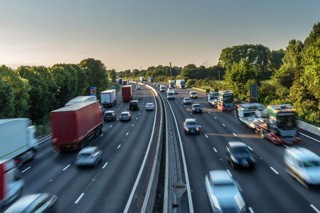
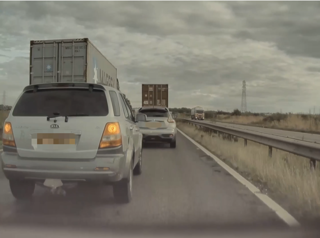
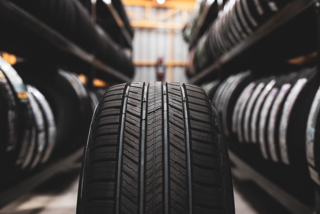











Login to comment
Comments
No comments have been made yet.